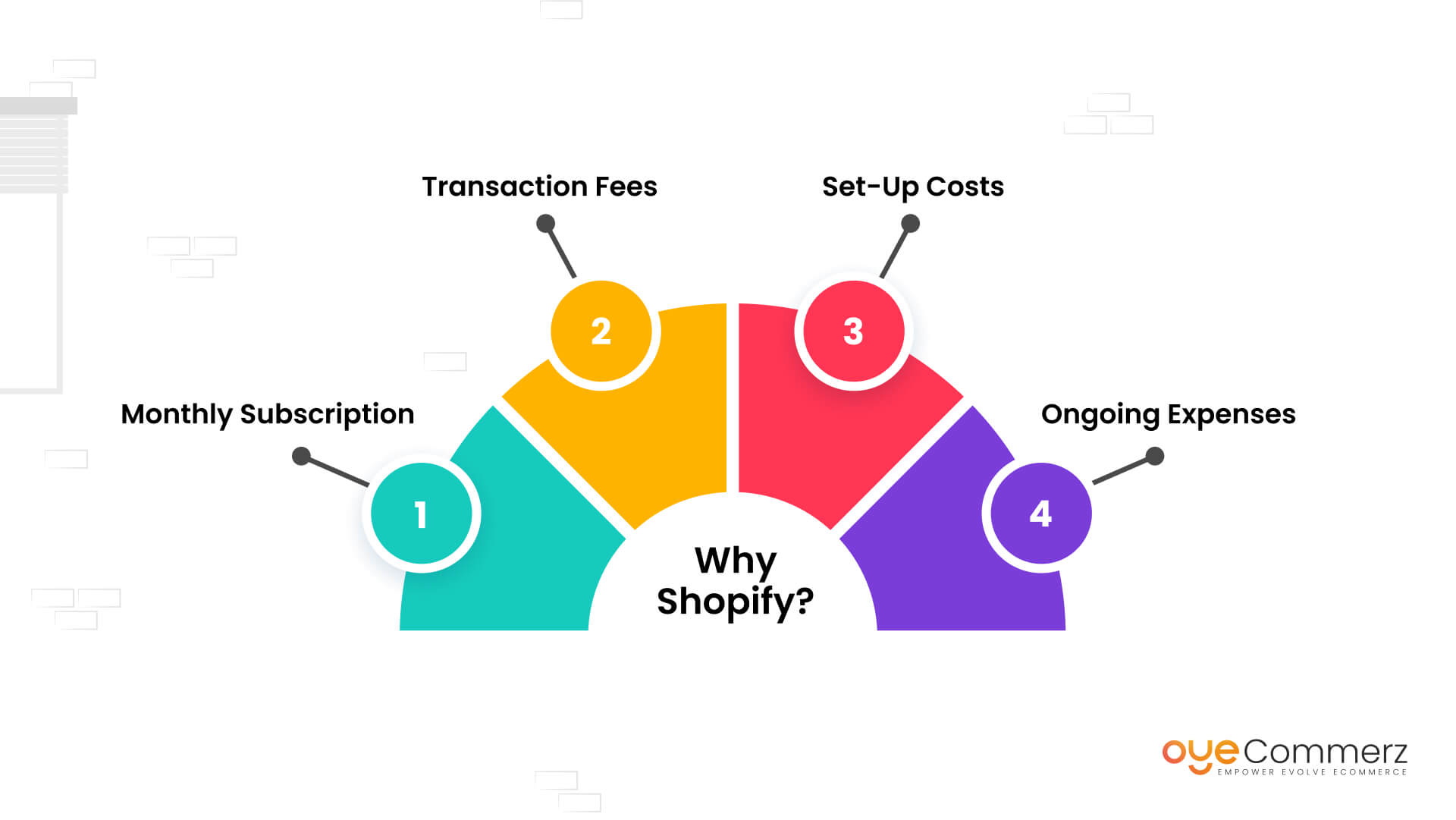Transitioning from WordPress to Shopify is an exciting step in optimizing your e-commerce processes. As businesses grow, choosing a solution that aligns with scalability, user experience, and flexibility is essential. Shopify has emerged as a preferred choice for e-commerce professionals, providing superior flexibility, data protection, and ease of use. In this guide, we will delve into the transformative impact of this migration, discuss the advantages, and provide actionable steps to facilitate a seamless transition.
1. Why Migrate from WordPress to Shopify?
WordPress, paired with WooCommerce, has served countless online stores. However, as companies scale, issues like plugin dependency, security vulnerabilities, and complex setups often obstruct growth. Shopify, designed explicitly for digital retail, eliminates these issues with an all-in-one, user-friendly platform. Statistics supports this shift—Shopify powers over 4.4 million websites globally, with a documented 10% boost to sales performance for numerous merchants post-switch.
2. Shopify's Advantages for Thriving Online Stores
Shopify’s robust ecosystem is tailored for expanding businesses. Its notable features are:
- Seamless Customization: Shopify provides over 80 professionally designed themes.
- Integrated Tools: Features like Shopify Payments and built-in SEO save time and effort.
- Global Reach: Multi-currency support and regional customization enable businesses to expand internationally.
Additionally, Shopify boasts an availability percentage of 99.98%, ensuring your website remains accessible.
3. Getting Ready for Your WP-to-Shopify Transition
Prior to starting the migration process, assess your current store. Analyze product data, client information, and search engine rankings. Resources such as Shopify’s Migration Kit or third-party solutions help ease the transition. Develop a comprehensive plan, ensuring all assets—item details, media files, and blog content—are optimized for transfer.
4. The Importance of Accurate Data Migration WordPress migration to Shopify
Data migration is a cornerstone of a smooth transition. When moving from WordPress to Shopify, prioritize:
- Inventory Details: SKU, item summaries, and groupings.
- Customer Data: Emails, order history, and preferences.
- Search Engine Considerations: Retain meta tags, URLs, and forwarding paths to maintain search rankings.
Leverage apps like LitExtension to facilitate seamless migration while minimizing errors.
5. Customizing Your Shopify Store
After the move, customizing your Shopify store ensures it reflects your business identity. Take advantage of Shopify’s intuitive page builder to create layouts with ease. Shopify's themes are mobile-responsive, providing a smooth user experience across platforms—a critical factor, given 74% of online shopping comes from mobile users.
6. How to Protect Your SEO Rankings When Switching Platforms
Search engine optimization is crucial for preserving your online presence during migration. Shopify is highly optimized for search engines with organized link formatting, preloaded features, and smooth content management. Ensure:
- Set up URL forwarding for existing links.
- Optimize new pages with keyword-rich content.
- Leverage plugins like Plug in SEO to track analytics post-migration.
7. Post-Migration Testing
After finishing the transfer, run detailed checks.
Check: - Page load times (Shopify delivers faster speeds in contrast with WP).
- Payment integration reliability and checkout processes.
- Mobile responsiveness.
Quality assurance ensures your store delivers a smooth shopping experience from the start.
8. Real-Life Success Story
One such migration success story is Gymshark, a fitness apparel brand that transitioned to Shopify. After the switch, the company experienced a 60% increase in mobile sales and significantly lowered site downtime. This showcases the Expert Shopify developers capabilities of Shopify in driving online business success.
9. Challenges and Solutions
Migration comes with challenges, such as data integrity and adjusting tailored features. However, Shopify’s extensive assistance and third-party experts make overcoming these hurdles manageable. Partnering with experienced Shopify developers helps guarantee a trouble-free transition.
10. Starting Your Journey with Shopify
Migrating from WordPress to Shopify represents a strategic approach to e-commerce. By focusing on growth, streamlining operations, and enhancing the customer experience, Shopify empowers businesses to succeed in competitive markets.
Final Thoughts
Transitioning from WP to Shopify offers a smart solution that can greatly enhance your e-commerce success. With a robust migration plan, the right tools, and professional guidance, you can achieve new success milestones.
Excited to start the journey? Reach out today to learn how our Shopify migration services can transform your online store. Contact us now, or ask yourself: Can your business afford to miss out on Shopify’s growth potential?
